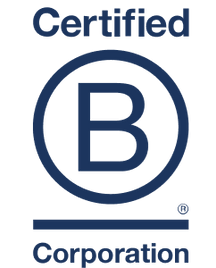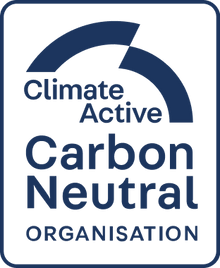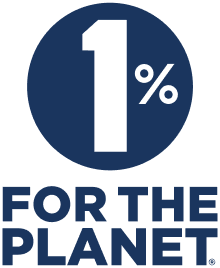We all know that the price of a flat white (or latte) is too low in Australia compared to global cities. This is especially true for specialty coffee. And coffee bean prices are forecast to rise higher.
The price of a specialty flat white should be $7.00 for global parity. However, in the short term, we believe the minimum price for a small flat white should be $5.50 rising slowly towards global parity.
If you're a café owner or leader grappling with this issue, this article is for you.

How did we get here?
Why has a flat white remained so cheap? A flat white is handcrafted using special equipment, freshly roasted specialty beans and baristas dedicated to their craft, often served with beautiful latte art. How is it cheaper than bubble tea, specialty canned beverages and juices?
Café owners assumed customers wouldn't pay more for better coffee and that customers were too price-sensitive. This kept coffee prices at $4.50 (or lower) for a long time. It stands to reason that if café owners weren't making a sustainable margin, prices would be higher.
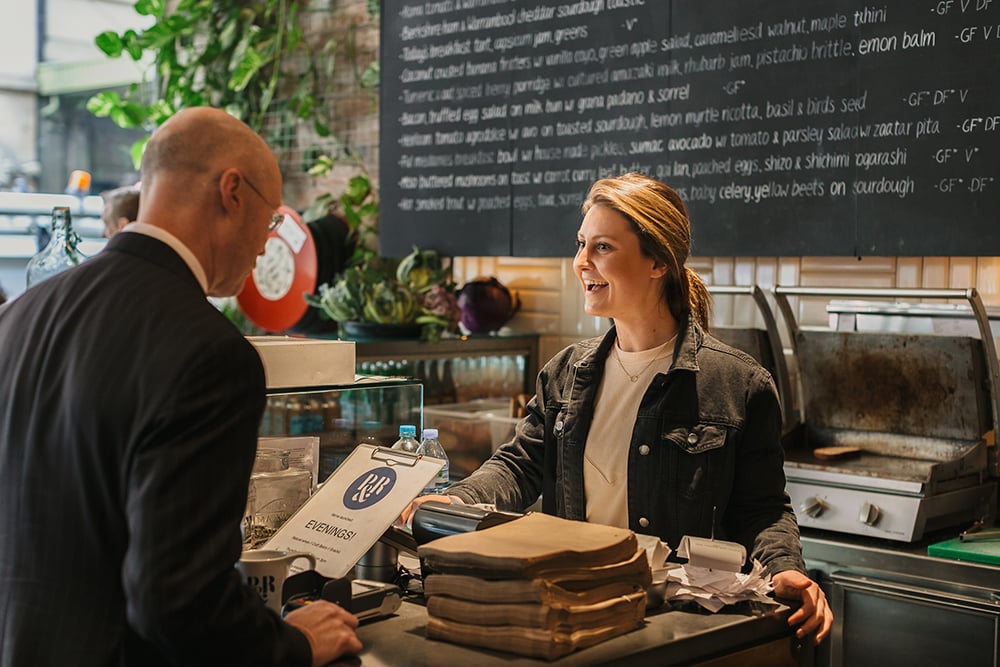
Many hoped to offset low coffee margins with food and other items. Then rents (including commercial rents) surged, often linked to CPI. Milk, produce, energy and wages also increased by 20% to 100% or more. The cost of living crisis followed and consumers were spending less. Now cafés are between a rock and a hard place. On top of that, raw (and roasted) coffee bean prices will continue to rise.
So, should you raise prices in a sensitive market and risk backlash, or maintain the status quo and slowly decline?
Go slow or Go fast?
As a café owner, you know prices need to rise, but you can't afford to lose too many customers or anger them.
It's better to try something new than hope for different results from the same old methods. So go slow, but do something.
Fear the status quo
We're often afraid of trying new things, but we should be more afraid of the status quo. If your margins aren't sustainable and you don't change prices, your business will suffer.
When you try something new, things might get worse, but they can also get better.

Small steps
Our advice is to make small yet regular changes—15 to 25 cents at a time. We know customers are doing it tough, so changes must be slow (yet regular) and empathetic. Without change, the quality of your café may decline or it may shut down.
Letting go
You probably won't lose many customers, especially if you provide a great experience and friendly service. However, you must shift your mindset from volume at all costs to sustainable pricing. You should be willing to lose some volume in exchange for sustainable pricing. Read more about it here.
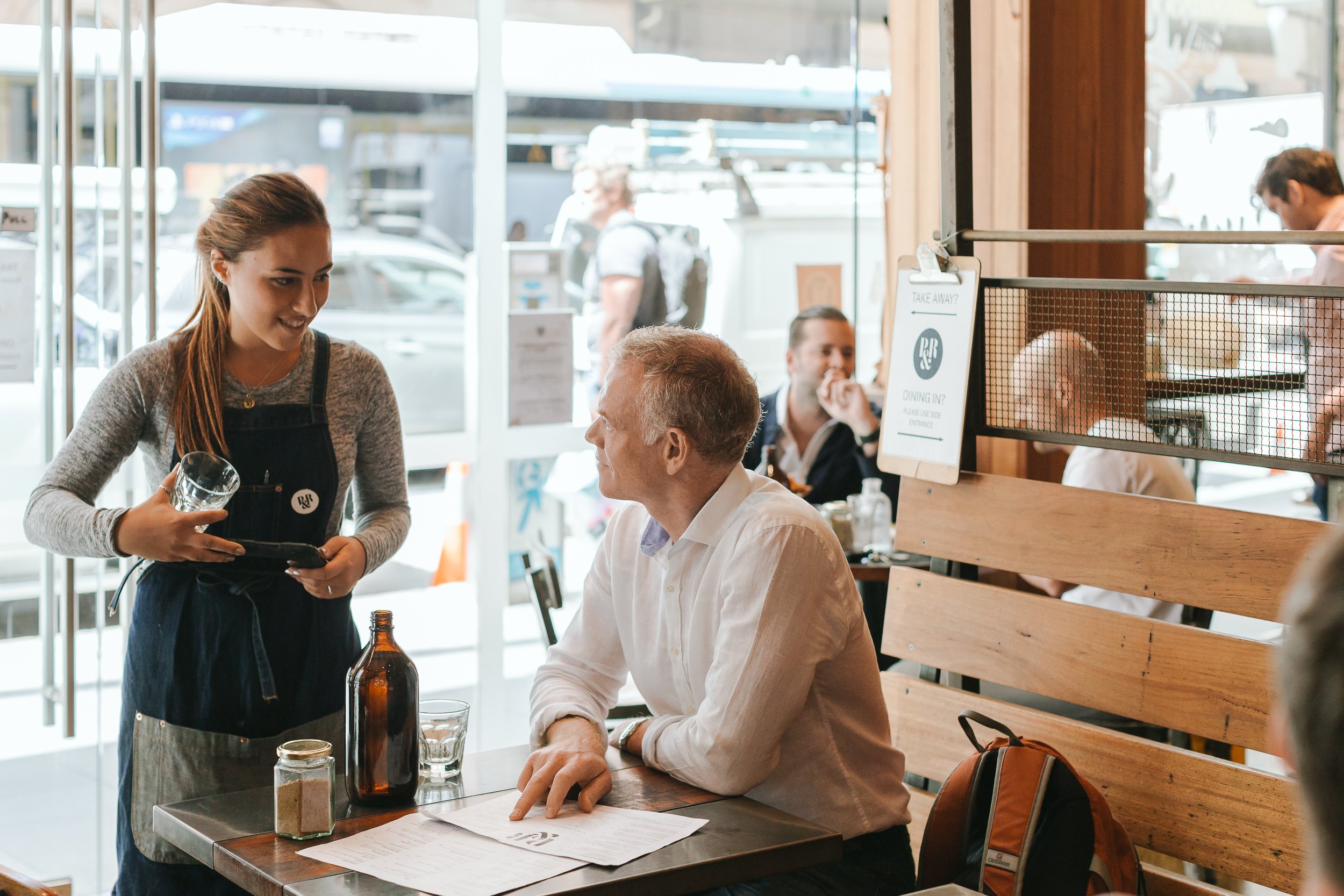
Price won’t fix everything
We know price only solves some problems. You still need to provide an amazing experience, automate, find efficiencies, retain great teams and do many other things needed to run a great café.
The action plan
Here's what to do when raising prices:
Compare your prices to other cafés in your area.
Assess their quality and online reviews compared to yours.
Analyse your coffee prices.
Create a long-term target for where you want to be in 12 months.
Plan to reach your target in 3-4 stages.
Be clear about why you're increasing prices and brief your team.
Be ready to answer any customer questions.
Put a small sign up with QR codes for relevant information.
Then, do it. Don’t overthink. Don’t let fear win.

You can also use a sign to explain to your customers what's happening. Link them to our blog article on coffee cup prices for more information.
About the Author:
Abdullah Ramay is our CEO. He is a purpose-driven leader committed to making P&R the best coffee company in and for the world. Abdullah holds qualifications including CPA, PMP, MBA, and GAICD. He thrives on leading high-performing teams, solving challenges at the intersection of strategy, impact and technology. Sought after for advice by startups, businesses and social enterprises, Abdullah frequently writes and speaks on technology, purpose, strategy and leadership and of course, coffee!

